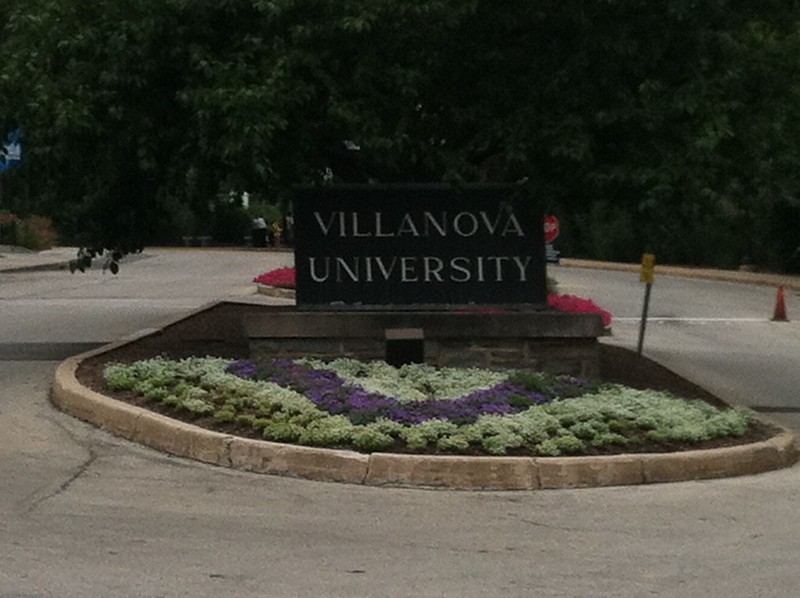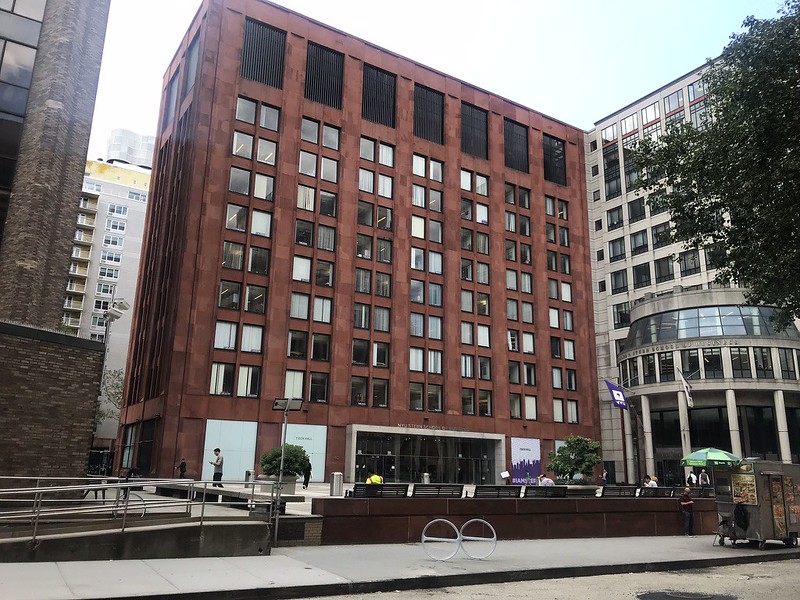
Junior year is the start of the college admissions process. In order for your teen to be successful once they’re in college, they need to be applying to colleges that are a good “fit” for them.
Here are the factors to consider:
- Academic Fit
Different colleges will have different curriculum and a different approach academically. This includes the faculty-student ratio, the types of programs, how much of an emphasis on writing, and how much access to writing/other academic supports they offer.
2. Social Fit
Social fit means being able to meet like-minded people, make friends and be part of a community. It can also mean the typical aspects of the college experience such as having certain clubs or fraternal/Greek letter organizations on campus. The percentage of freshmen who live on campus, and learning about the residential life experience also plays a role in terms of the social fit. Even learning about the food options and where to go to eat – that’s a big part of communication and socialization.
3. Financial Fit
The third area of fit would be financial fit. Many colleges have different types of opportunities available for families to pay for college. Some colleges have research scholarships for teens that are interested in that area.
Some colleges have no loans or have a cap on the loans that they offer their students. There are colleges that have grants and scholarships for students who want to study abroad. Consider these different opportunities when deciding which college to attend.
4. Vocational Fit
The fourth (frequently overlooked) area of fit is vocational fit. I encourage teens to look at vocational fit in a couple different ways. First, they should think about what they would like to do after college to determine if a particular college will support them in these endeavors career-wise or professionally.
Also look at the services and support their career planning and placement office offers and at the alumni network. They can determine if there is a preprofessional program. What kind of tracks and offerings do they have for pre-professional programs (such as pre-business, pre-med or pre-law)? Are there networking events they can participate in during college for that vocation later? These are all ways that your teen can consider vocational fit.
5. Cultural Fit
In these times, the cultural piece is one that really matters. While in some ways similar to social fit, this piece goes deeper and asks, “Where will my teen who is different in whatever regard (racially, ethnically, part of the LGBTQ community, etc.) be able to attend and feel celebrated and embraced as part of that community?”
When looking at colleges, cultural fit makes a big difference.
The Importance of the Five Areas of Fit
The five areas of fit I mentioned also make a difference as far as receiving internal scholarships (scholarships that come from the colleges directly). In another article, I will address external scholarships.
How do colleges know if you’re a good fit? Trust me, they know their institutions very well. They know the kinds of students that make up and support the community and who will thrive there, therefore they know the kind of students they want to attract and recruit. This means that it is up to the student to also determine if the college is a good fit for them as well.
It starts with the students, not with the colleges.
Students need to have a sense for who they are, what they want to do, their likes and dislikes. This type of self-awareness combined with learning how to self advocate will really help them to put this list together.
During junior year, there will be opportunities to visit colleges so they need to be sure they have done some homework about what that college offers. Then, they can do a virtual or in-person visit (when those are available) and start to see if that college is a fit for them.
Keep these tips in mind throughout junior year to support your student’s success with getting into the colleges where they will thrive during their college career.



















